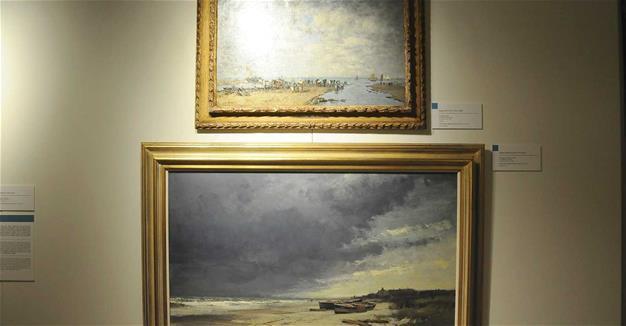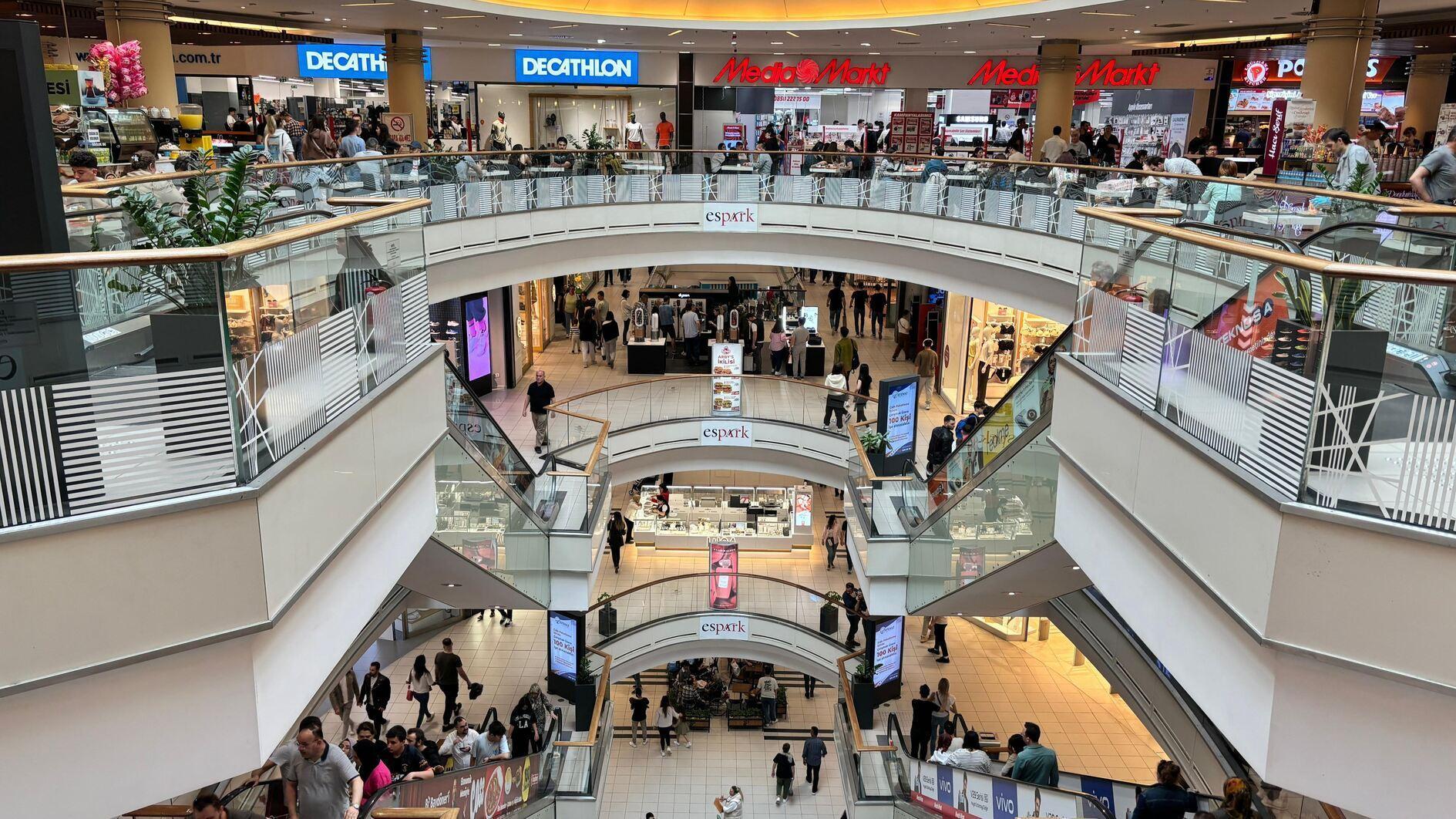‘Landscapes of Water’ shows sea at its best and worst
Nazlan Ertan - İZMİR
 The exhibition “Landscapes of Water,” which opened at İzmir’s Arkas Art Center on Sept. 19, shows the sea at its best and its worst: Michael Zeno Diemer’s view of the Bosphorus and the Sea of Marmara calms and soothes, while Ivan Konstantinovich Aivazovsky’s “Stormy Sea” gives the spectator a sense of foreboding.
The exhibition “Landscapes of Water,” which opened at İzmir’s Arkas Art Center on Sept. 19, shows the sea at its best and its worst: Michael Zeno Diemer’s view of the Bosphorus and the Sea of Marmara calms and soothes, while Ivan Konstantinovich Aivazovsky’s “Stormy Sea” gives the spectator a sense of foreboding.The 88 water landscapes displayed are selected from the private collection of Lucien Arkas, the third-generation boss of Arkas Holding and its head of executive committee. Arkas’ grandfathers emigrated from Marseille to İzmir in the 18th century and traded in this city for centuries. The 70 artists selected are from the 19th and early 20th century, at a time when landscapes emerged as a style of their own, rather than as a backdrop for the historical, mythological or religious figures that formed the heart of the paintings until the 18th century.
“Water is life, water is beauty. Scenes of lakes, seas, beaches, riversides tickle our sense of aesthetics,” said Lucien Arkas at the opening press conference. “Water exists in various forms—at times still and calm and at times furious and frightening.”
“People reflect their character in their interests,” Arkas said. “I grew up by the sea and later, sea transport became my profession. My life revolves around water, travel and mobility in general,” he said.
Lucien Arkas’s patronage of the İzmir art scene is indeed closely linked to his own interests: Three years ago, he set his mind on restoring a 19th century church organ for İzmir’s Catholic Church of Santa Maria. “I went to that church as a child,” said Arkas in a past interview with Hürriyet Daily News. “I was persuaded that the old organ could be restored and it was.” In the same spirit, he invested in a vineyard, LA Wines, so that “wine culture—with the family traditions and conversation around it—could continue.”
The “Landscapes of Water” classifies the selected paintings of the Arkas collection according to different themes: the main room shows scenes from ports, which the exhibition curator Jean-Luc Maeso describes as “the scene of the pathos of shipwrecks and defeats, a place with its beguiling variety of merchandise, a crossroads where various populations meet.” Francis Picabia’s 1903 landscape “Back from Fishing, Les Martigues,” is displayed predominantly.
In the exhibition, trouble on water is shown with French painter Blanche Christian’s “Ship and Pilot Boat off the Coast at Stormy Weather” and Henry Moore’s “Shipwreck”—a hauntingly beautiful work. But most works are soothing water landscapes—such as “An Autumn Gleam” by Benjamin Williams Leader and “The Garden of Giverny” by Blanche Hoschede-Monet, the stepdaughter of Claude Monet.
Of the whole impressive collection, it is “Three Girls on the Beach of Katwijk” by Dutch painter Johannes Zoetelief Tromp that captures the spirit of the exhibition in the sense that it recalls American poet e.e.cumming’s poem “Maggie and Milly and Molly and May” with the famous lines:
“For whatever we lose (like a you or a me)
it’s always ourselves we find in the sea.”
















